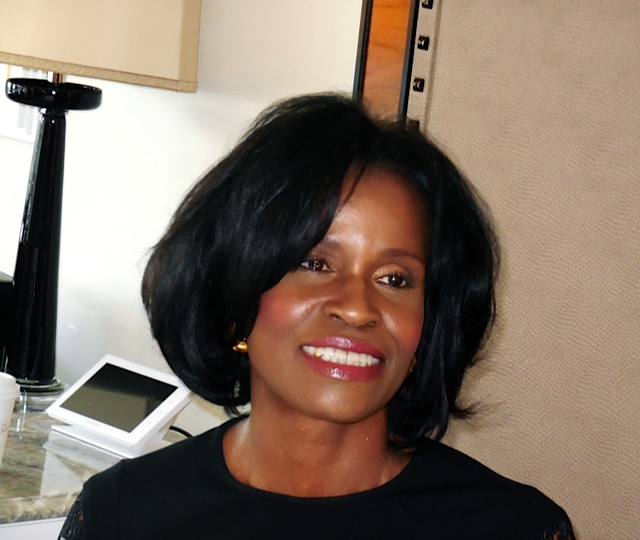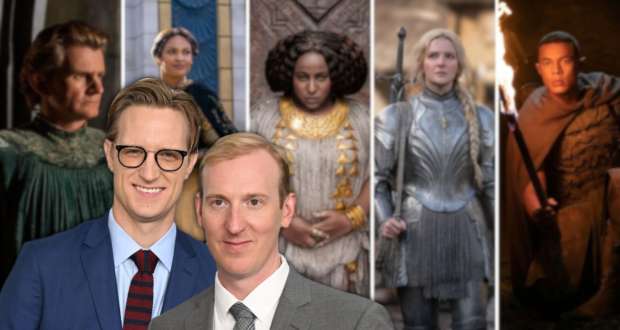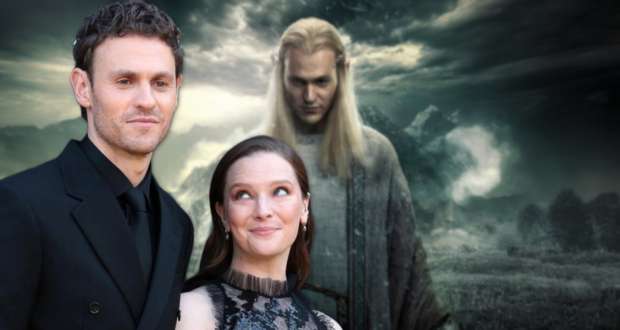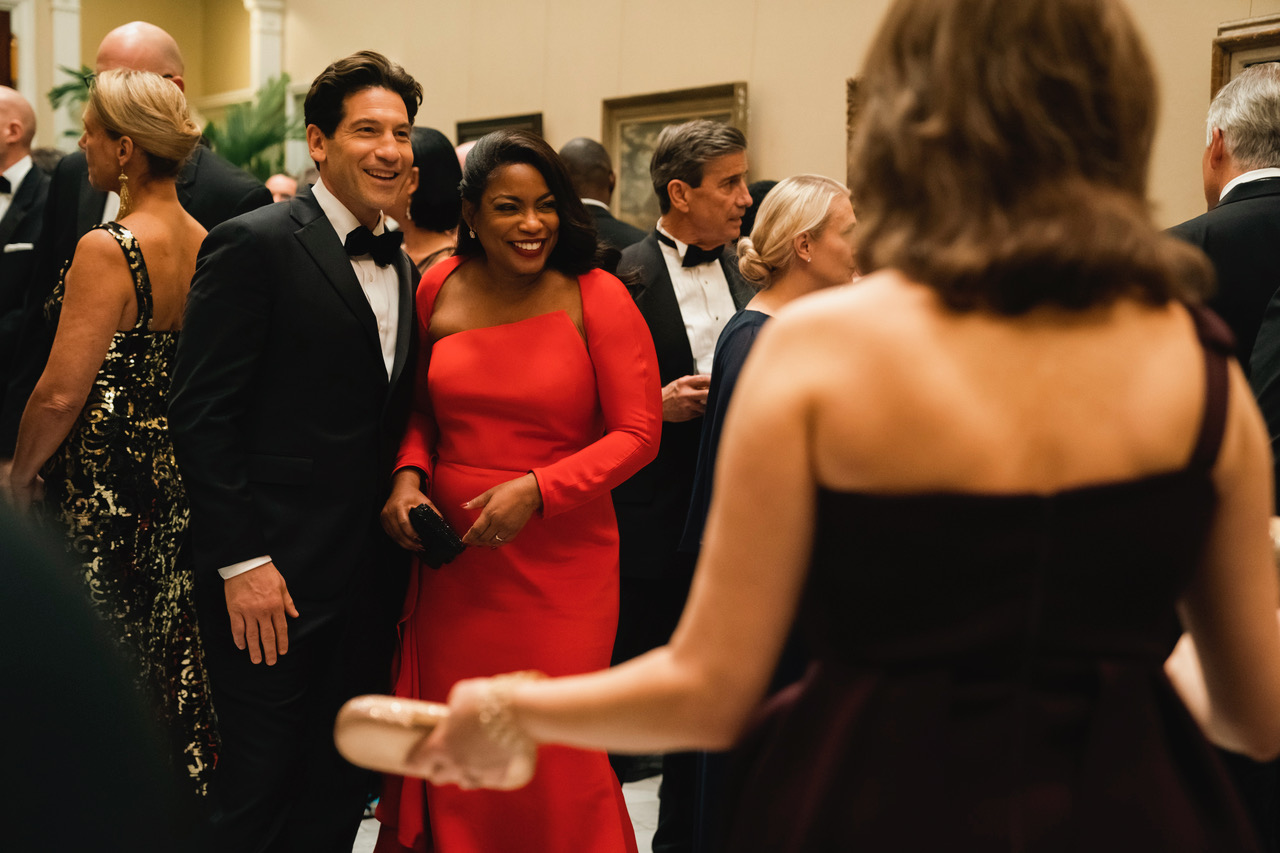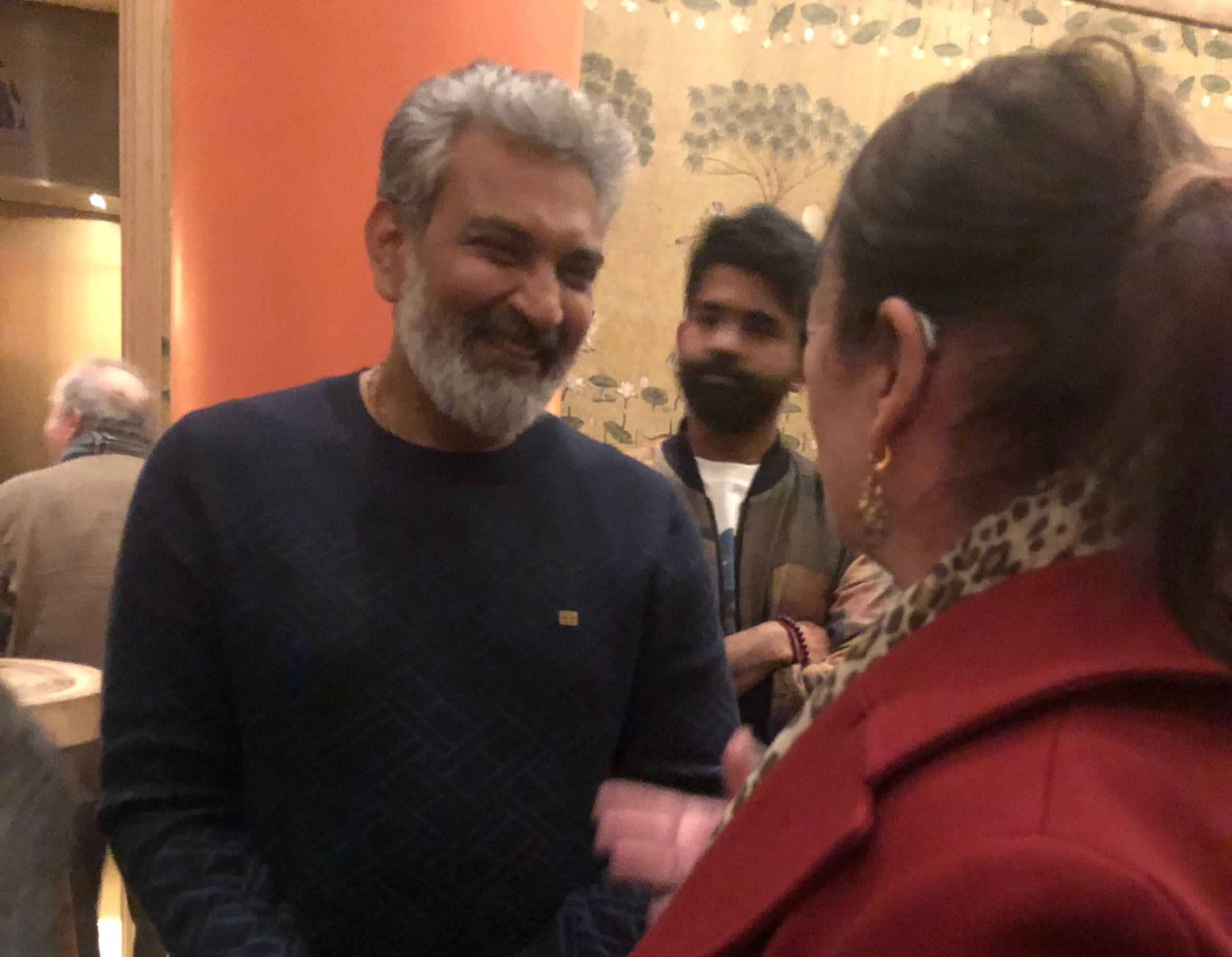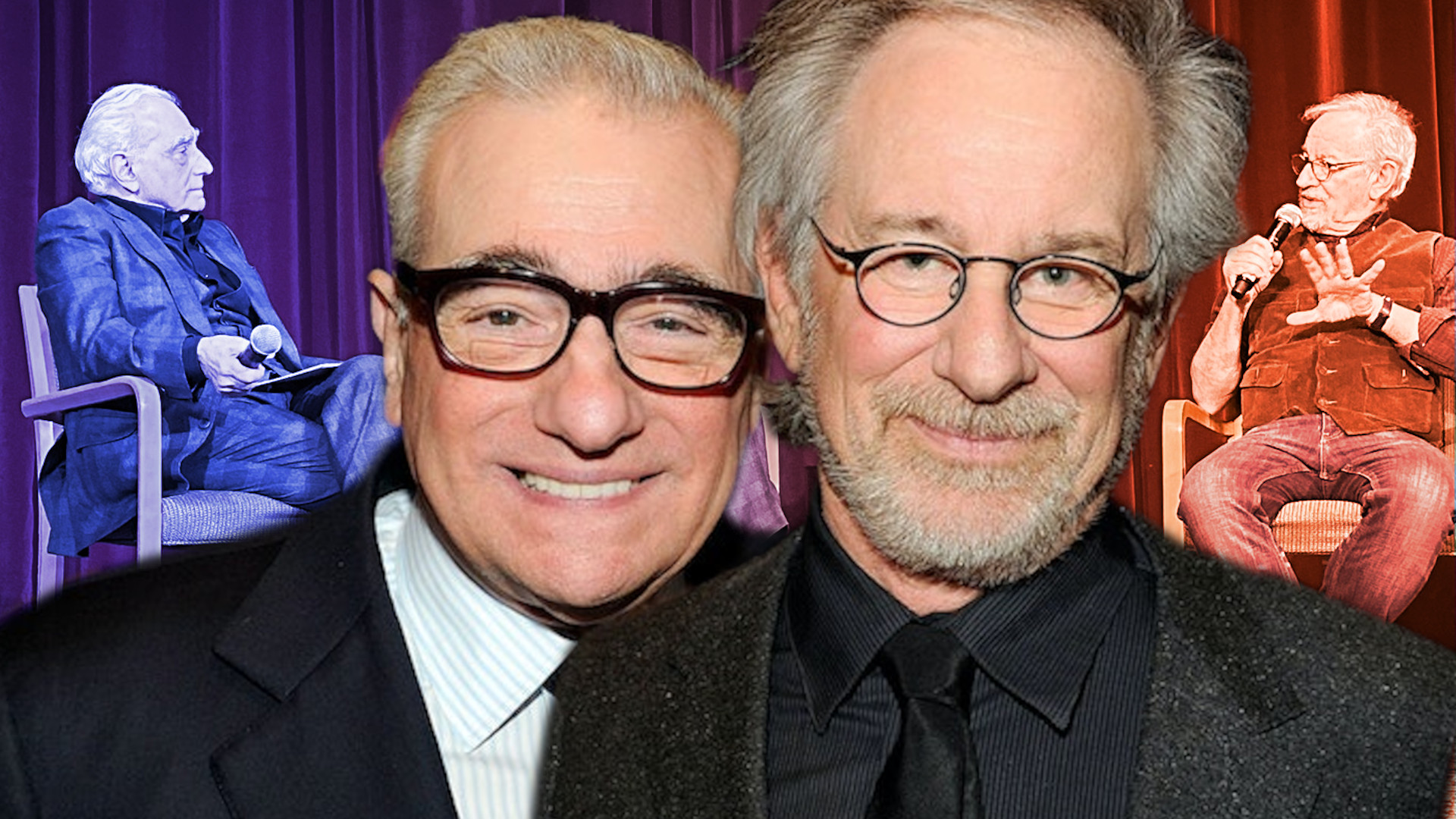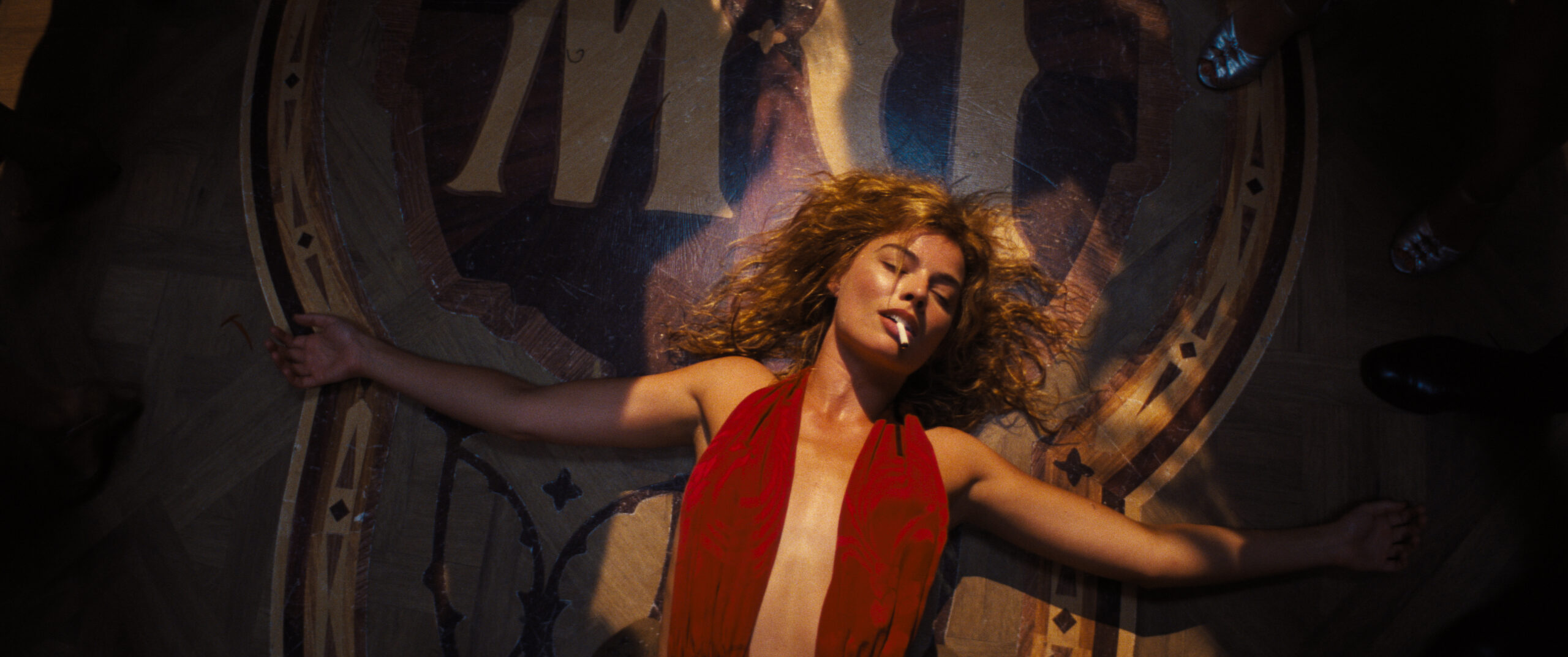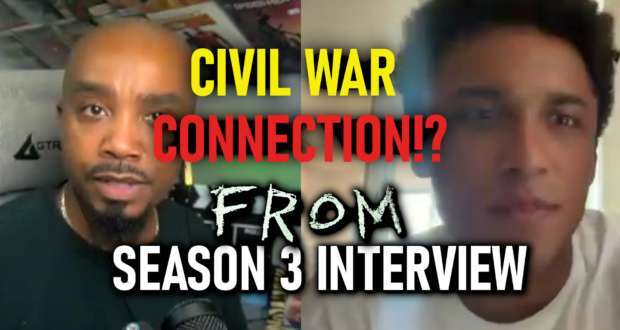Misan Sagay, the brilliant and passionate screenwriter of “Belle,” was in Manhattan recently to promote the film. Director Amma Asante and actors Gugu Mbatha-Raw (Belle), Miranda Richardson and Sam Reid also fielded questions from the press in separate rooms.
Sagay discovered the subject of her Jane Austen-like drama a decade ago when she viewed the 18th’-Century portrait by an unknown artist of a beautiful, biracial woman standing next to a blond, a woman in a pink brocade gown, in the galleries of Scone Palace in Scotland. The blond woman reaches out to the other woman who is slightly above here in the picture, and who wears a silk gown and an exotic headdress. She has a twinkle in her eye and exudes life and even has a sense of mischief. You cannot take your eyes off her.
Here are highlights of the interview with the screenwriter, who is also a medical doctor. Sagay speaks with a precise and clipped English accent, but she exudes warmth and passion, especially when she talks about the genesis and the message of “Belle.”
It’s not that different a process for me. I love doing both things. There’s an immediacy to medicine which there isn’t in this. It can take years looking for a story but to me they’re not that different.
